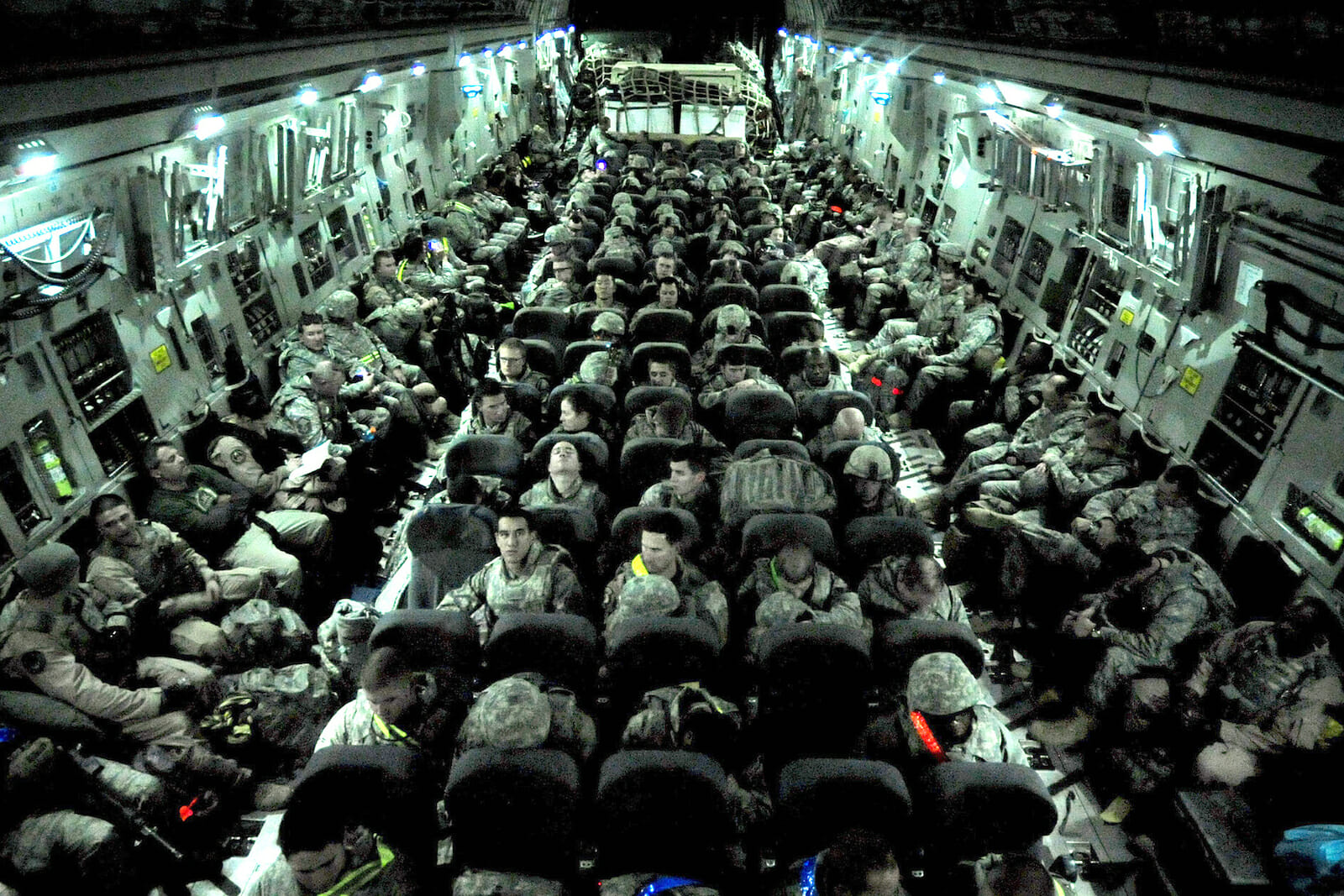
A New Cold War
There was something odd about the “final pullout” of United States troops from Iraq as the last military convoy crossed the border into Kuwait. Addressing a group of returning soldiers at Fort Bragg, North Carolina, a few days before, President Obama hailed it as an “historic” moment after nine years of conflict, proclaiming it a “success.” Obama said, “We are leaving a sovereign, stable and self-reliant Iraq.” Obama’s claim is questionable in every respect. Let us not forget he once called it a “dumb war.” In Fallujah, once an insurgent stronghold and a target of major American offensives in 2004, where the anti-American sentiment still runs deep, people burned U.S. flags. In Baghdad, a trader expressed his fear of terrorists coming back.
The American military involvement in Iraq has wound down after nine years. But Defense Secretary Leon Panetta has reaffirmed America’s determination to maintain its military presence in the region. As the West and its regional allies increase the pressure on Syria, close to civil war, and the brinkmanship with Iran continues, Russia announced that it was sending warships to its naval base in Syria, in a demonstration of support for Damascus. Russia and China look determined not to allow NATO to launch a Libya-style intervention in another country under the United Nations Security Council’s mandate. On matters of war and peace, the Security Council has become deadlocked, such is the loss of trust.
What does all this mean? A little more than twenty years after U.S.-Soviet hostilities ended with the collapse of the Soviet Union, we are in the midst of a new cold war. The term is not used widely yet, for many twenty-first century conflicts in South and West Asia, and Africa, are being fought in the name of the “war on terror” or “humanitarian intervention.”
However, the true characteristics of these interventions are becoming clear. The current hostilities involving the West and its allies––and the rest––in many of the same arenas where the last cold war was fought amount to a new cold war.
The primary objective of Western powers is two-fold: to secure the energy resources and markets in dollar-rich oil exporting countries, and to see that those owning strategic resources do not become too independent of the West. The challenge to the West this time comes not from one superpower like the defunct USSR. The challenge comes from Russia, China, India, South Africa and Brazil, South America’s economic giant.
The twentieth-century Cold War between the Soviet Union and the West was for the spoils left after the defeat of Germany and Japan in the Second World War. The devastating defeat of the Axis Powers and the emergence of two ideologically opposite superpowers in 1945 meant that the world map was ready to be redrawn. That the United States and the Soviet Union became locked into hostilities for control of resources after 1945 was no surprise. The surprise was how short-lived the Soviet-U.S. Cold War was, lasting just about four decades. And how rapid was the collapse of the USSR, the other superpower that had fought so gallantly against Hitler’s army and looked invincible merely a decade before its demise in late 1991.
Events since then, particularly in the last decade, illustrate certain characteristics of imperial behavior. Imperial powers do not disarm willingly. Either the presence of rivals is a reason to stay ahead in the race or to catch up. Or the ambition to expand the empire for resources and markets, and grandiose delusions, are powerful incentives to continue militarization. Imperial decline occurs only when forced by events.
During the Cold War in the last century, wealth was concentrated in the capitalist West. The Soviet Union made an historic blunder in investing disproportionately vast resources in the military-industrial complex and weaponization instead of uplifting the people’s living standards and encouraging them to create wealth. The new century is very different. The United States has the largest and most destructive arsenal in the world. But it is because too much of the dollar money earned by the people goes to America’s military-industrial complex. Of the total military expenditure worldwide, the United States, a country under enormous debt, spends nearly 43 percent on defense.
It is six times greater than China and twelve times more than Russia. The cost is gigantic, $698 billion in 2010. Others must pay the price. In a distorted capitalist system, workers are jobless, or on depressed wages, in increasing numbers. Wealth inequalities, already alarming, continue to widen. Businesses close and unemployment rises. Public services are cut, productivity sinks and, most crucially, access to higher education becomes more and more difficult. It all points to a bleak future.
The new cold war is unlike the twentieth-century U.S.-Soviet hostilities, for there is not one power challenging America’s global supremacy, but many disparate forces. One significant factor responsible for the new cold war is the movement of economic power from the West to countries like China, Russia emerging as an energy giant, and India with its vast young population. Another is that the West finds itself up against ideological challenges from an array of nationalist forces, religious and secular, from Asia to Africa and South America.
One of the main differences between the West and the rest is that while the United States has become prone to waging wars, the others do not display the same readiness to go to war. They are more tactical. The former indicates the thinking in the West that time is limited to reverse the tide, which can only be done by military interventions. The latter is a more artful approach based on the foundations of patience and strategic collaboration. Remember the words of Confucius: “It does not matter how slowly you go as long as you do not stop.”
